Master Data Science Program
Learn Master Data Science with Python and implement various algorithm in machine learning and Artificial Intelligence, work on everything including forecasting, data visualisation and etc.
Key Highlights
- 21 hours of video lectures
- Lifetime LMS access for study contents
- Study on mobile or laptop
- Live or recorded sessions
- Dedicated mentorship assistance
- Industrial projects (1 minor+1 major)
- Certificate of completion
- Internship opportunities
Things you will Learn:
- Learn the basics of high-level programming languages using a simple introduction into Python programming.
- Learn the various classification models and machine learning models.
- Learn to handle datasets with data preprocessing.
- Get in depth knowledge about data analytics and evaluation.
- Learn how to create dashboards, storytelling and deploying models
- Intern with us on live projects
- Create a strong skill for your personal purpose/career
- Understanding the various modules like Numpy, Pandas, etc used in Data Science.
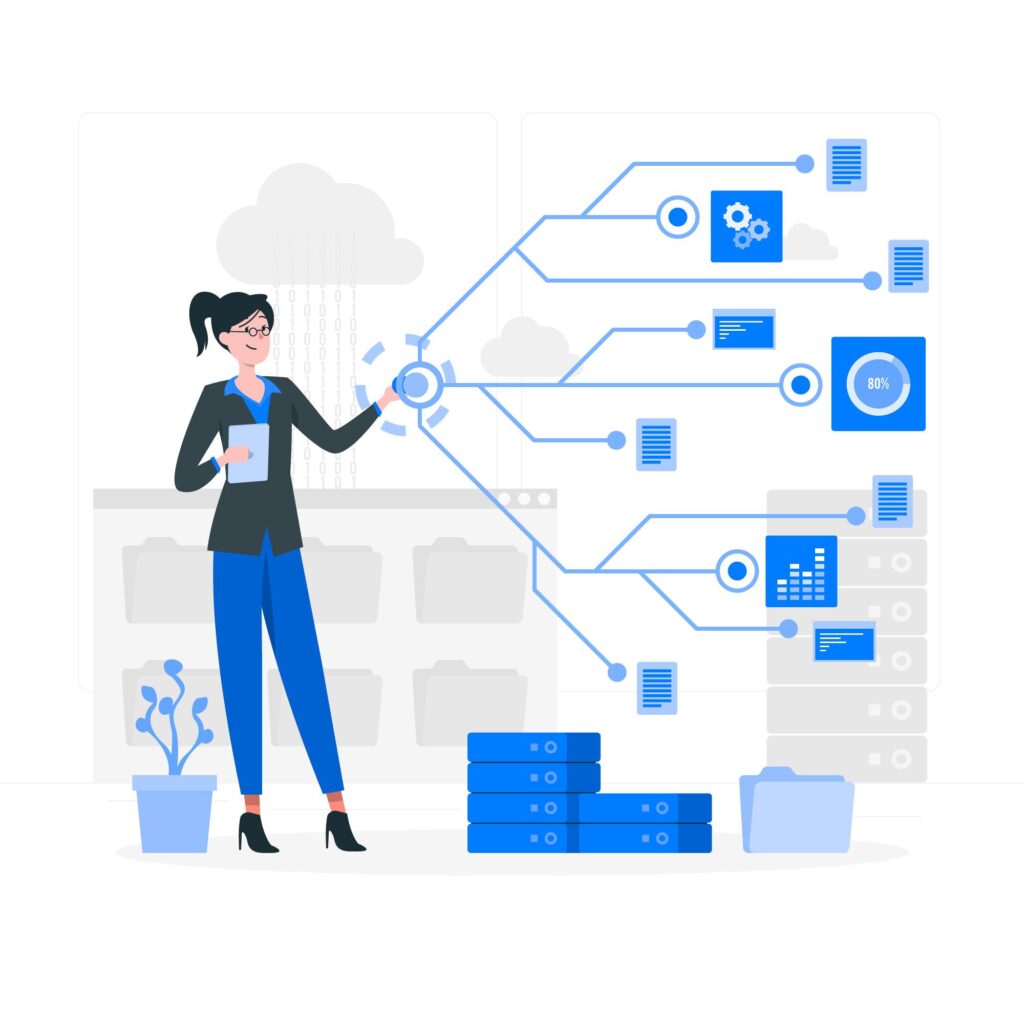
Data Science
Program Curriculum
1.1 Data Science with Python
1.2 Data Science Application across Multiple Domain and Business Function
1.3 Data Science Project LifeCycle
2.1 Python Intro,IDE and Python Packages
2.2 Python Programming
2.3 Python Data Types – Dictionary, List and Set
2.4 Numpy Packages – Array Handling and Manupulation
2.5 Pandas Packages – Dataframe and Loading Excel, CSV File
2.6 Matplotlib Packages – Line graph and Visualisation
2.7 Histogram, Scatter Diagram, Box Plot and Bar Graph
2.8 Area Chart, Dual Axis, Array reshaping, reverse matrix analysis
2.9 Python – Operators and String Manupulation
2.10 Python – Control Structures(IF,IF-ELSE,IF-ELIF-ELSE,WHILE and FOR LOOP)
2.11 Python – Data Preparation Process
2.12 Python – Functions WITH and WITHOUT arguments
2.13 Python – File Processing and Data Collection Methods
3.1 Introduction to statistics and Central Limit Theorem
3.2 Measures of Central Tendancies and Measures of Spread
3.3 Descriptive Statistics with Real Time Examples
3.4 Measuring Scales
3.5 Inferential Statistics with Real Time Examples
4.1 Formulation of Hypothesis |
4.2 Selection of Statistical Test |
4.3 Level of Significance and Degree of Freedom |
4.4 Computing the Calculated Values |
4.5 Computing the Table Values |
4.6 Comparing Calculated and Table Values |
4.7 Hypothesis Conclusion |
4.8 Learn to perform T-test to measure the variance between the means of two samples or population |
4.9 Learn to perform Z-test to measure the variance between the means of two samples or population |
4.10 Learn to perform Chi Square-test to measure the variance between the means of two samples or population |
4.11 Wilcoxson Sign Test and Friedman Test |
4.12 MannWhitney Test and Krushkal Wallis Test |
4.13 One Sample T-Test |
4.14 2-Sample Paired T test |
4.15 2-Sample Independent T test |
4.16 Introduction to ANOVA |
4.17 What is One Way ANOVA? |
4.18 What is Two way ANOVA? |
4.19 What is Multi way ANOVA? |
4.20 What is ANCOVA? |
4.21 Difference between ANOVA and ANCOVA? |
4.22 Introduction to probability |
4.23 Types of events |
4.24 Marginal Probability |
4.25 Baye’s Theorem |
4.26 Introduction to Probability Distribution |
4.27 Binomial Probability |
4.28 Possion Probability Distribution |
4.29 Hypergeometric Probability Distribution |
4.30 Uniform Probability Distribution |
4.31 Normal Probability Distribution |
4.32 Exponential Probability Distribution |
5.1 Linear Predictive Analysis |
5.2 Implemention of Predictive Analysis Using Python |
5.3 What is Multiple Predictive Model? |
5.4 Building the Multiple Predictive Model using Python |
5.5 Assumption of Multiple Predictive Model |
5.6 AutoCorrelation,MultiColliniearity and Hetrosadacity |
5.7 How Simple Predictive Model used in real time application |
5.8 How Multiple Predictive Model used in Real Time Application |
5.9 Simple Predictive Model used in Real Time Industry |
5.10 Multiple Predictive Model used in Real Time Industry |
5.11 Comparing Simple and Multiple Predictive Model using Python |
5.12 What is Correlation Analysis? |
5.13 Correlation Coefficient and Hypothesis Testing |
5.14 Product Movement Correlation, Partial Correlation and Non Metric Correllation |
5.15 Introduction to Classification Model |
5.16 Framming Single and Multiple Predictor Model |
5.17 Application of Classification Model |
5.18 Introduction to Discriminant Analysis |
5.19 Two Group Discriminant Analysis |
5.20 Three Group Discriminant Analysis |
5.21 Multiple Group Discriminant Analysis |
5.22 Application of Discriminant Analysis |
5.23 Introduction to Association Rule |
5.24 What is Apriori Algorithm? |
5.25 How Apriori Algorithm used to Build to Recommendation System? |
5.26 What is MBA(Market Basket Analysis)? |
5.27 Application of MBA in Retail and Telecom Sectors |
5.28 How MBA helps to Build the Recommendation System? |
6.1 Image Processing and Image Extraction |
6.2 Image-Histogram and Contrast Measures |
6.3 Image Processing and Object Regognition |
6.4 Viola Jones Algorithm – Face Regognition |
6.5 Introduction to Time Series Analysis |
6.6 Trend Line Analysis, Pattern Identification |
6.7 Time Series Smothening Methods |
6.8 Time Series Prediction Analysis |
6.9 Differnece between AI and Machine Learning |
6.10 Differnece between Machine Learning and Deep Learning |
6.11 Differnece between Machine Learning and Data Science |
6.12 Differnece between Machine Learning and Deep Learning |
6.13 Data Architecture Design and Data Warehousing |
6.14 Schema Design – Star Schema, Snow Flake Schema and Fact Concelltation |
6.15 Master Data Management(MDM) |
Tools Used:

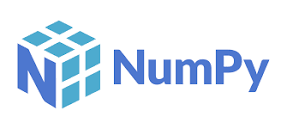
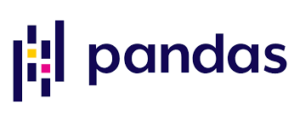
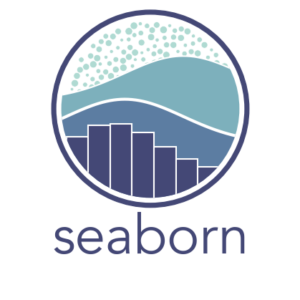


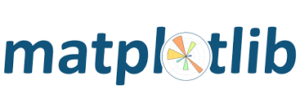
Upskilling Plans:
PROFESSIONAL
Rs. 28,700/-
Save up to 30% each month
- Recorded video lectures
- Industrial projects
- Certifications
- Self Paced Sessions
- Placement Assistance
- Aptitude grooming
- Personality Development
- Resume Building
- LMS APP
- Intership Projects
Certification
For your dedication and commendable efforts to learning, for completion of the training as well as the projects accurately and within the timelines given, you earn industry-recognized certifications.
On successful completion of your program, you are eligible to receive a certificate of completion from Unicliff.
By taking an upskilling program with Unicliff and completing your program, you get your certification which has validity of a lifetime.
After completion of your program of entire training module and assessments, you are eligible to obtain your certificate from Unicliff.

Frequently Asked Questions
As a user, you can avail a the payment mode of your choice. The available modes are: UPI, debit/credit card, No cost EMI, Netbanking/Mobile banking.
When enrolling into Unicliff’s training upskilling programs, you are associated with us for a duration of 2 months. Where as, with SkillVertex’s Advance Upskilling programs, you are associated with us for a duration of 5 months.
At Unicliff, you are mentored by industry experts who have been/are working in the industry for a decent time and have a strong grasp in their domain of expertise. The process is tailored to provide concept clear training and practical hands-on learning during your upskilling journey.
With No cost EMI as a mode of payment, you can easily avail the same if you qualify a basic eligibility criteria.